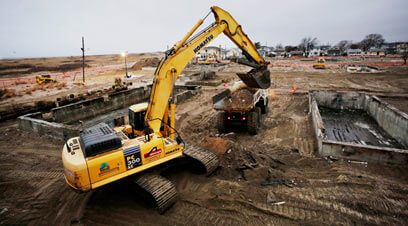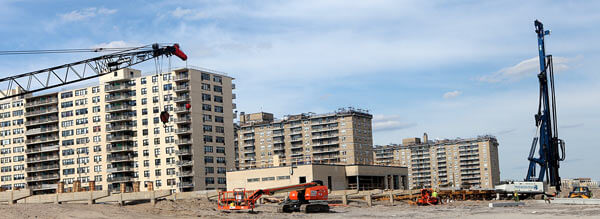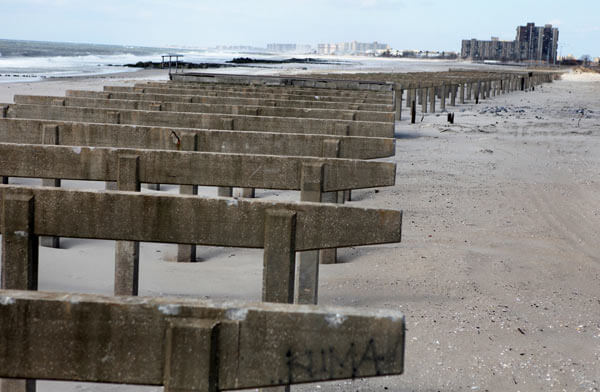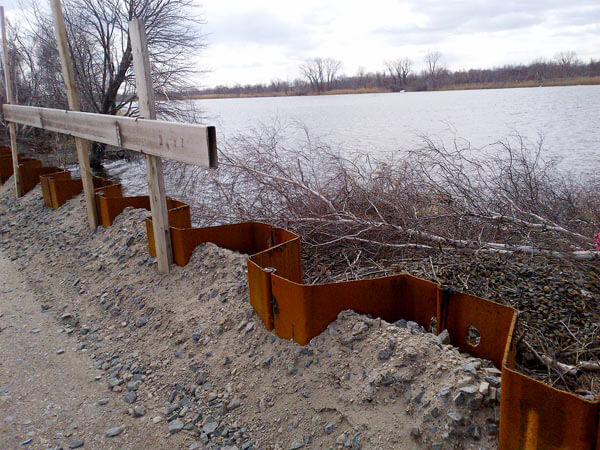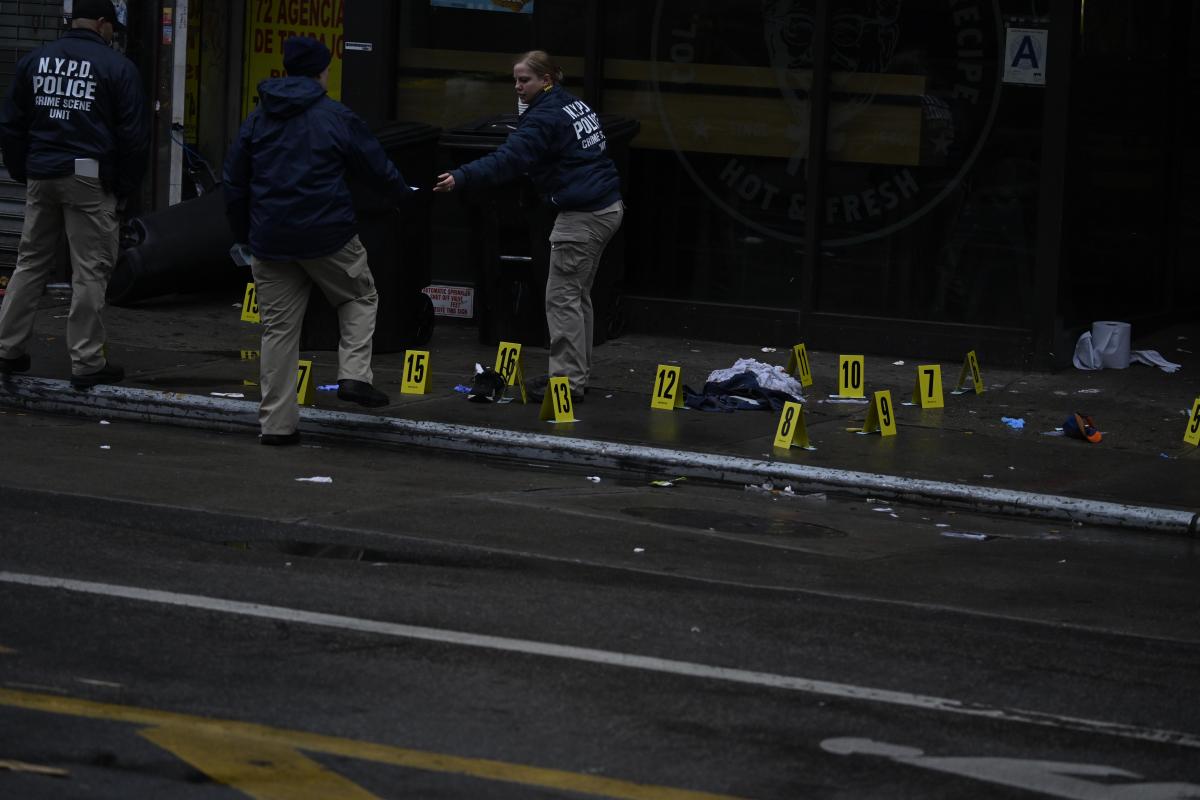By Karen Frantz
More than six months after Hurricane Sandy hit, there has been much talk about reshaping the city’s coasts to make them more impervious to storms and floods. But though the city is exploring numerous options to that end, from modifying building codes to flood mitigation projects, few concrete plans are yet in place, leaving the future landscape of southern Queens a question mark.
“There are so many unknowns,” said state Assemblyman Phil Goldfeder (D-Far Rockaway), whose district covering Howard Beach, Broad Channel and most of the Rockaways was pummeled by the superstorm.
He said people in the process of recovering their homes, businesses and their lives have not been getting clear answers about how they should rebuild and they don’t have time to wait before moving forward.
“So many families, they’re just not getting the guidance they need,” he said.
One such unknown is which homeowners may be required to raise their homes above the flood plain through pilings or other means, creating a look reminiscent of coastal homes farther south along the Eastern seaboard.
The Federal Emergency Management Agency is in the process of revising its 30-year-old flood maps that assess flooding risks. The maps are used to set building codes, and they dictate which homes would be required to be elevated above the flood plain or face higher flood insurance premiums.
In order to offer guidance to Hurricane Sandy victims in the process of rebuilding, FEMA released advisory flood maps that lumped many areas of Queens not already on existing flood maps, such as Howard Beach, into high-risk flood zones.
But those maps are still subject to change and the official maps may not be released for a few years, leaving residents who need to rebuild now in a tough position.
“That’s the quandary we’re in,” said state Sen. Joseph Addabbo (D-Howard Beach). “[Residents] don’t have sufficient information from the government yet.”
He said residents are in the position of deciding to rebuild their homes to the standards set before Sandy and risk having to raise their homes in the future. Or they could swallow the cost of elevating their homes now only to find later that it was unnecessary.
In the meantime, it seems very few homeowners with houses that were damaged by Hurricane Sandy have decided to raise their homes as they rebuild, Addabbo and Goldfeder said.
“For the most part, nobody that I know at this point is actively looking to elevate,” Addabbo said.
And Goldfeder also said he has not seen evidence that people are rebuilding higher, saying residents have been more focused on fixing their houses as quickly as possible so they can return to a normal life.
Mitigation projects that would make the coasts less likely to flood are also in uncertain territory.
Last year Mayor Michael Bloomberg created the Special Initiative for Rebuilding and Resiliency which is looking into projects that will protect the city against future powerful storms and other effects of climate change. The initiative was expected to release a report in May and from there will determine which projects are in the realm of possibility, said Community Board 10 Chair Betty Braton.
She said the city is looking into various mitigation measures such as creating a levee or strengthening bulkheads. Other suggestions that have been offered include allowing buildings to put mechanical infrastructure on a floor other than the basement, such as the roof, or burying power cables underground.
“It’s a question of can these projects go from ideas to reality?” Braton said.
But Goldfeder said at least one flood mitigation project has been given the green light. The Army Corps of Engineers is planning on rebuilding the Rockaways’ beaches by pumping 300 million cubic yards of sand onto the coast.
The extra sand will create dunes and a longer sand bed, expanding the beach outwards from the coast by 100 feet at a minimum.
“The waves crashing would crash on the beach as opposed to crashing on our homes,” Goldfeder said.
He said the project will be completed in two phases that would start in June and go on for about one year.
Another mitigation project that will change the look of southern Queens includes a new steel sheet wall that will run 7 feet above the water’s surface along the right-of-way by the battered A line subway track that runs from Howard Beach across Jamaica Bay to the Rockaways.
The A line took a tremendous beating during Hurricane Sandy and was slated to reopen May 31 after the MTA made repairs to tracks, electrical substations, signals, switches and third rail power components. MTA spokesman Kevin Ortiz said the sheet wall is being added to prevent future washouts or debris from entering the right-of-way on the eastern side of the tracks.
But he echoed the sentiments of many others when he said right now the agency’s main priority is rebuilding.
“In terms of mitigation in the future, that’s something that we’ll look at later,” he said.
Reach reporter Karen Frantz by e-mail at kfrantz@cnglocal.com or by phone at 718-260-4538.

